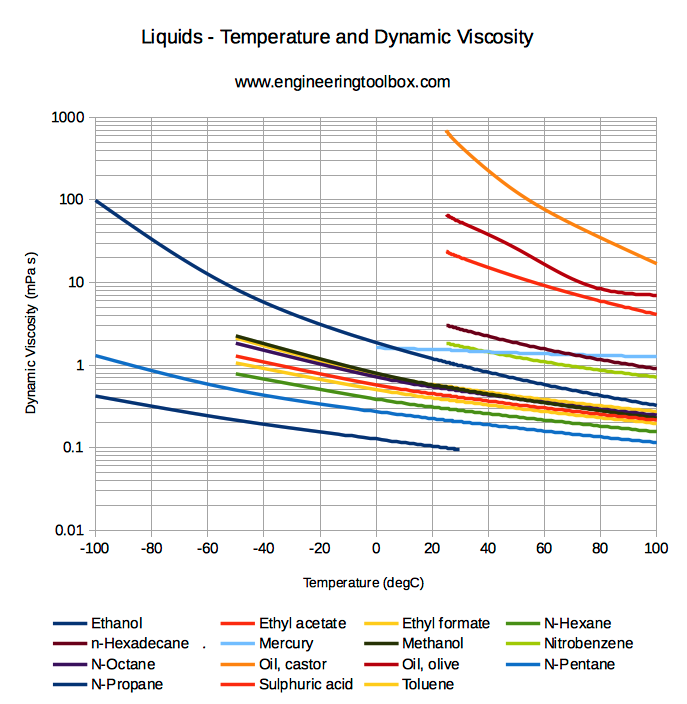


Sponsor this page to leave your contact info on this page. If you are a consultant, you may get yourself listed in CSP business directory (free) or You may also find an expert in CSP business directory below. What are the three states of the water At the. If you have questions or need any help, please contact our sponsor. The kinematic viscosity of water () at 22 degrees Celsius is 0.9565 Milimeter square per second (mm2 / s). Under GHS, a hydrocarbon shall be classified as aspiration toxicity hazard category 1 if its kinematic viscosity is less than 20.5mm2/s (20 cSts) at 40 ☌. Usually, increased temperature reduces the viscosity of a liquid and makes it more hazardous. Viscosity arising due to internal molecular friction produces the frictional drag effect. Viscosity is resistance to shear or flow in a fluid - and a measure of the adhesive/cohesive or frictional property. Liquids with lower viscosity are generally more hazardous because they can spread more quickly. Kinematic viscosities of some common liquids like motor oil, diesel fuel, peanut oil and many more. Water at 20 ☌ has a kinematic viscosity of about 1 cSt. The SI unit of the kinematic viscosity is m2/s. The kinematic viscosity is the ratio between the dynamic viscosity and the density of a fluid. Kinematic Viscosity is a measure of the resistive flow of a fluid under the influence of gravity. You can often find it in the section 9 of a safety data sheet (SDS).ĭynamic Viscosity is a measure of a liquid’s resistance to its shearing flows, where adjacent layers move parallel to each other with different speeds. There are two types of viscosity: Dynamic viscosity and Kinematic viscosity. Viscosity is the measure of a liquid’s resistance to flow.


 0 kommentar(er)
0 kommentar(er)
